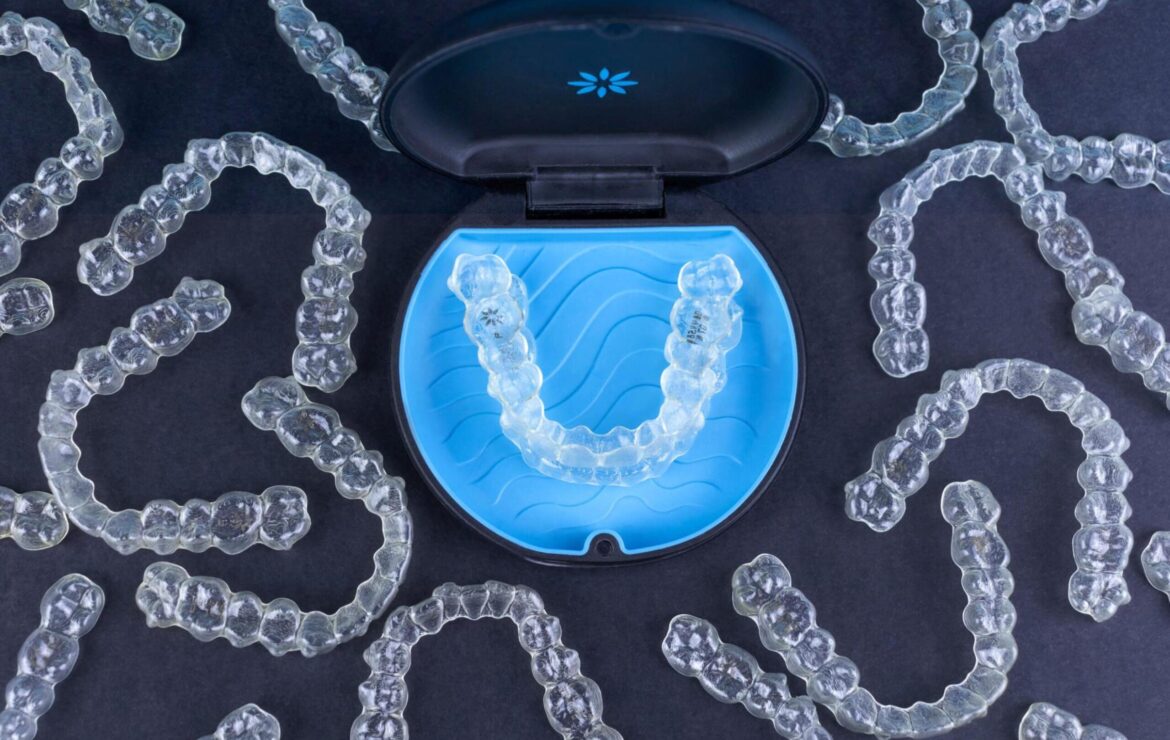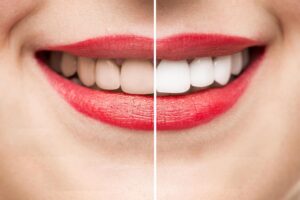Facts You Need to Know About Invisalign

Facts You Need to Know About Invisalign
If you’re thinking about clear aligners or “invisible braces” to fix your smile, there’s a lot to factor in before deciding if Invisalign is suitable for you. This overview covers the most important details, from appearance and oral health benefits to effectiveness and responsible use.
Read on to get the key facts for weighing if these clear trays could help you achieve better alignment.
How Do Invisible Braces Look Like?
Invisalign aligners blend in seamlessly when worn, with smooth transparent plastic moulded over your teeth.
Each custom-fitted tray shifts teeth incrementally based on your unique smile goals mapped out using 3D imaging technology.[1]
So, the trays look absolutely nothing like the metal wires and brackets of conventional braces.
Aligners need changing every week or two as teeth move, with complete Invisalign treatment averaging 9-15 months. And unlike fixed braces, the removable trays let you freely brush, floss, eat, and smile for photos without revealing you’re in the midst of orthodontic work.[2]
Benefits of Invisalign
The ability to remove Invisalign makes it easier to keep up daily oral hygiene compared to braces, preventing decay and gum disease during realignment. Built-up bacteria and food debris can be fully cleared away each time you brush and floss without obstruction from wires or cement.
The seamless plastic won’t cause irritation or mouth sores either. Just remember to put your aligners back in place afterward for proper incremental adjustment!
Effectiveness of Invisalign
Invisalign has treated over 10 million cases worldwide – that’s a major endorsement for its reputation to properly realign various orthodontic issues. The company’s orthodontists confirm 70% of patients have problems suitable for aligner treatment rather than traditional braces.[3]
Gentle precision force is applied to address crowding, gaps between teeth, overbites, and other complex alignment requirements.
Some attachment bumps or elastic bands supplement difficult movements. Regular 3D progress tracking ensures you complete treatment predictably on schedule.
As long as aligners are worn 20-22 hours daily per guidelines, success is likely. Skipping days may require new impression scans and tray production to get teeth shifting correctly again. But when used responsibly, Invisalign straightens smiles efficiently.[4]
However, individual assessment is mandatory to confirm if these removable clear aligners can resolve your particular case. Book a consultation with an Invisalign provider to address your questions and start planning potential treatment.
Author Bio:

Dr. Shehla Haque
She has completed her BDS from the prestigious Manipal College of Dental Sciences (MCODS), MAHE, Manipal in 2015. To know more, you can visit her at The Mosaic Dental







